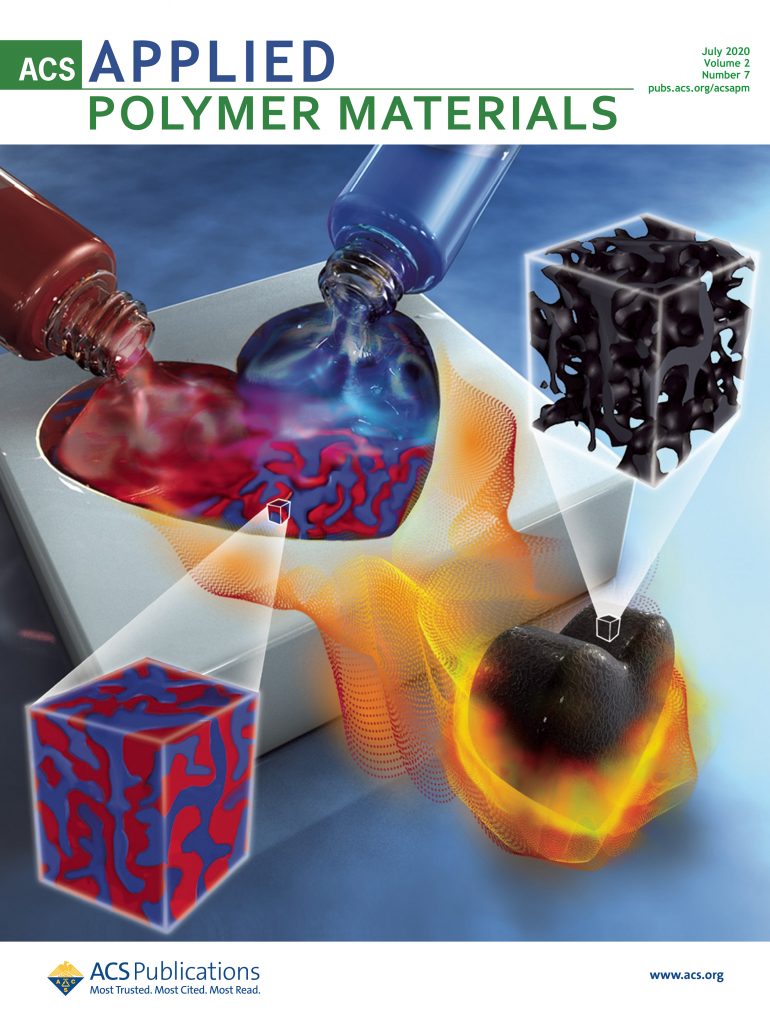Sea-ice thermodynamics can determine waterbelt scenarios for Snowball Earth
IF 4.7
2区 化学
Q2 MATERIALS SCIENCE, MULTIDISCIPLINARY
引用次数: 0
Abstract
Abstract. Snowball Earth refers to multiple periods in the Neoproterozoic during which geological evidence indicates that the Earth was largely covered in ice. A Snowball Earth results from a runaway ice–albedo feedback, but there is an ongoing debate about how the feedback stopped: with fully ice-covered oceans or with a narrow strip of open water around the Equator. The latter states are called waterbelt states and are an attractive explanation for Snowball Earth events because they provide a refugium for the survival of photosynthetic aquatic life, while still explaining Neoproterozoic geology. Waterbelt states can be stabilized by bare sea ice in the subtropical desert regions, which lowers the surface albedo and stops the runaway ice–albedo feedback. However, the choice of sea-ice model in climate simulations significantly impacts snow cover on ice and, consequently, surface albedo. Here, we investigate the robustness of waterbelt states with respect to the thermodynamical representation of sea ice. We compare two thermodynamical sea-ice models, an idealized zero-layer Semtner model, in which sea ice is always in equilibrium with the atmosphere and ocean, and a three-layer Winton model that is more sophisticated and takes into account the heat capacity of ice. We deploy the global icosahedral non-hydrostatic atmospheric (ICON-A) model in an idealized aquaplanet setup and calculate a comprehensive set of simulations to determine the extent of the waterbelt hysteresis. We find that the thermodynamic representation of sea ice strongly influences snow cover on sea ice over the range of all simulated climate states. Including heat capacity by using the three-layer Winton model increases snow cover and enhances the ice–albedo feedback. The waterbelt hysteresis found for the zero-layer model disappears in the three-layer model, and no stable waterbelt states are found. This questions the relevance of a subtropical bare sea-ice region for waterbelt states and might help explain drastically varying model results on waterbelt states in the literature.海冰热力学可以确定雪球地球的水带方案
摘要雪球地球是指在新近纪的多个时期,地质证据显示地球大部分被冰覆盖。雪球地球是冰-反渗透反馈失控的结果,但关于反馈是如何停止的一直存在争论:是海洋完全被冰覆盖,还是赤道周围有一条狭长的开放水带。后一种状态被称为水带状态,是对 "雪球地球 "事件的一种有吸引力的解释,因为它们为光合水生生物的生存提供了一个温床,同时还能解释新近纪地质。亚热带沙漠地区裸露的海冰可以稳定水带状态,从而降低地表反照率,阻止冰-反照率反馈失控。然而,气候模拟中海冰模型的选择会对冰雪覆盖产生重大影响,进而影响地表反照率。在此,我们研究了水带状态对海冰热力学表示的稳健性。我们比较了两种海冰热力学模型,一种是理想化的零层塞姆特纳模型(在该模型中,海冰始终与大气和海洋处于平衡状态),另一种是更复杂的三层温顿模型(该模型考虑了冰的热容量)。我们在理想化的水行星设置中部署了全球二十面体非静水压大气(ICON-A)模型,并进行了一系列综合模拟计算,以确定水带滞后的程度。我们发现,在所有模拟气候状态的范围内,海冰的热力学表示方法对海冰的积雪覆盖有很大影响。通过使用三层温顿模型将热容量包括在内,可增加雪盖并增强冰-反照率反馈。在零层模型中发现的水带滞后现象在三层模型中消失了,没有发现稳定的水带状态。这对亚热带裸露海冰区与水带状态的相关性提出了质疑,并可能有助于解释文献中关于水带状态的模型结果的巨大差异。
本文章由计算机程序翻译,如有差异,请以英文原文为准。
求助全文
约1分钟内获得全文
求助全文
来源期刊

ACS Applied Polymer Materials
Multiple-
CiteScore
7.20
自引率
6.00%
发文量
810
期刊介绍:
ACS Applied Polymer Materials is an interdisciplinary journal publishing original research covering all aspects of engineering, chemistry, physics, and biology relevant to applications of polymers.
The journal is devoted to reports of new and original experimental and theoretical research of an applied nature that integrates fundamental knowledge in the areas of materials, engineering, physics, bioscience, polymer science and chemistry into important polymer applications. The journal is specifically interested in work that addresses relationships among structure, processing, morphology, chemistry, properties, and function as well as work that provide insights into mechanisms critical to the performance of the polymer for applications.
 求助内容:
求助内容: 应助结果提醒方式:
应助结果提醒方式:


